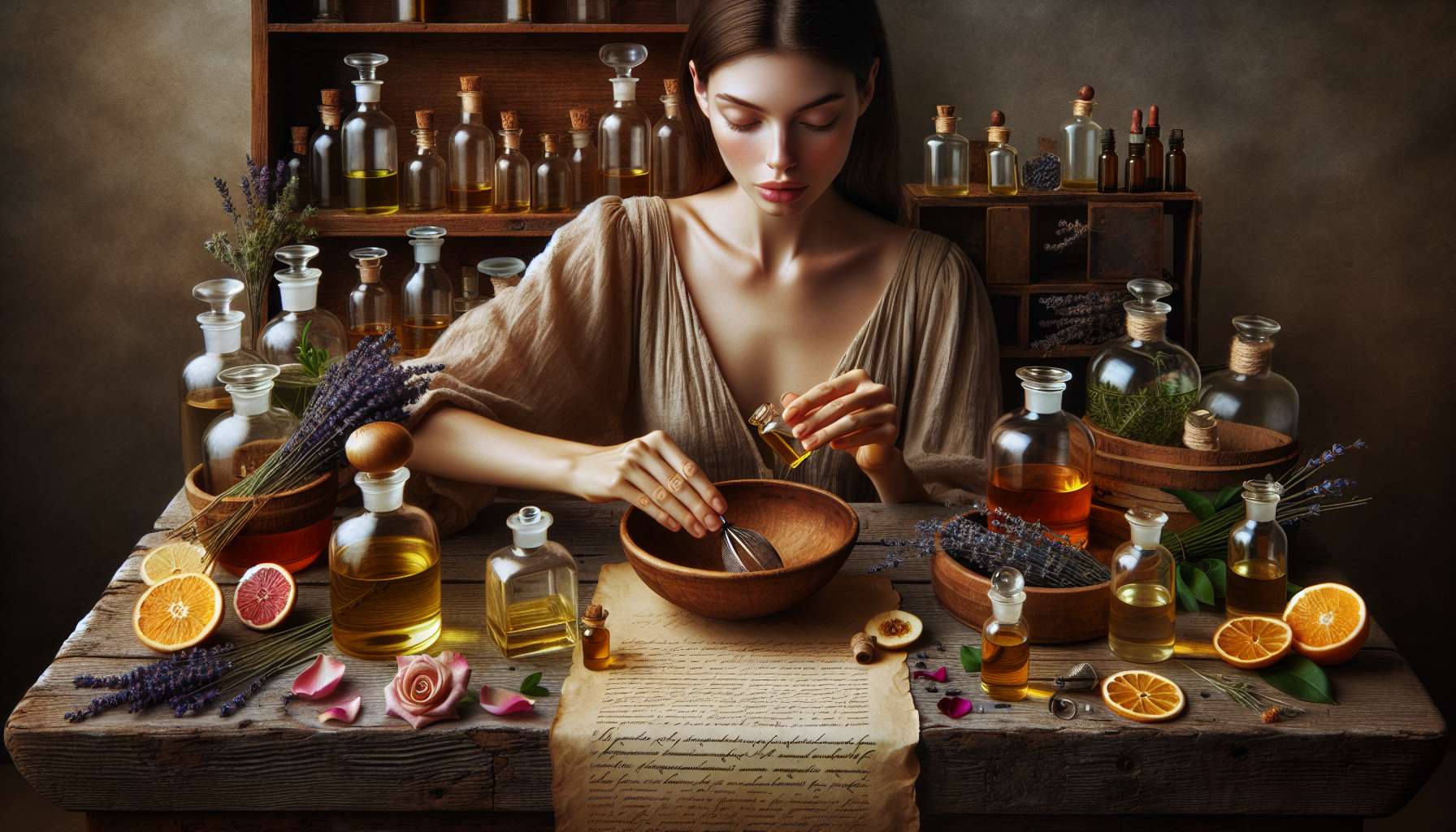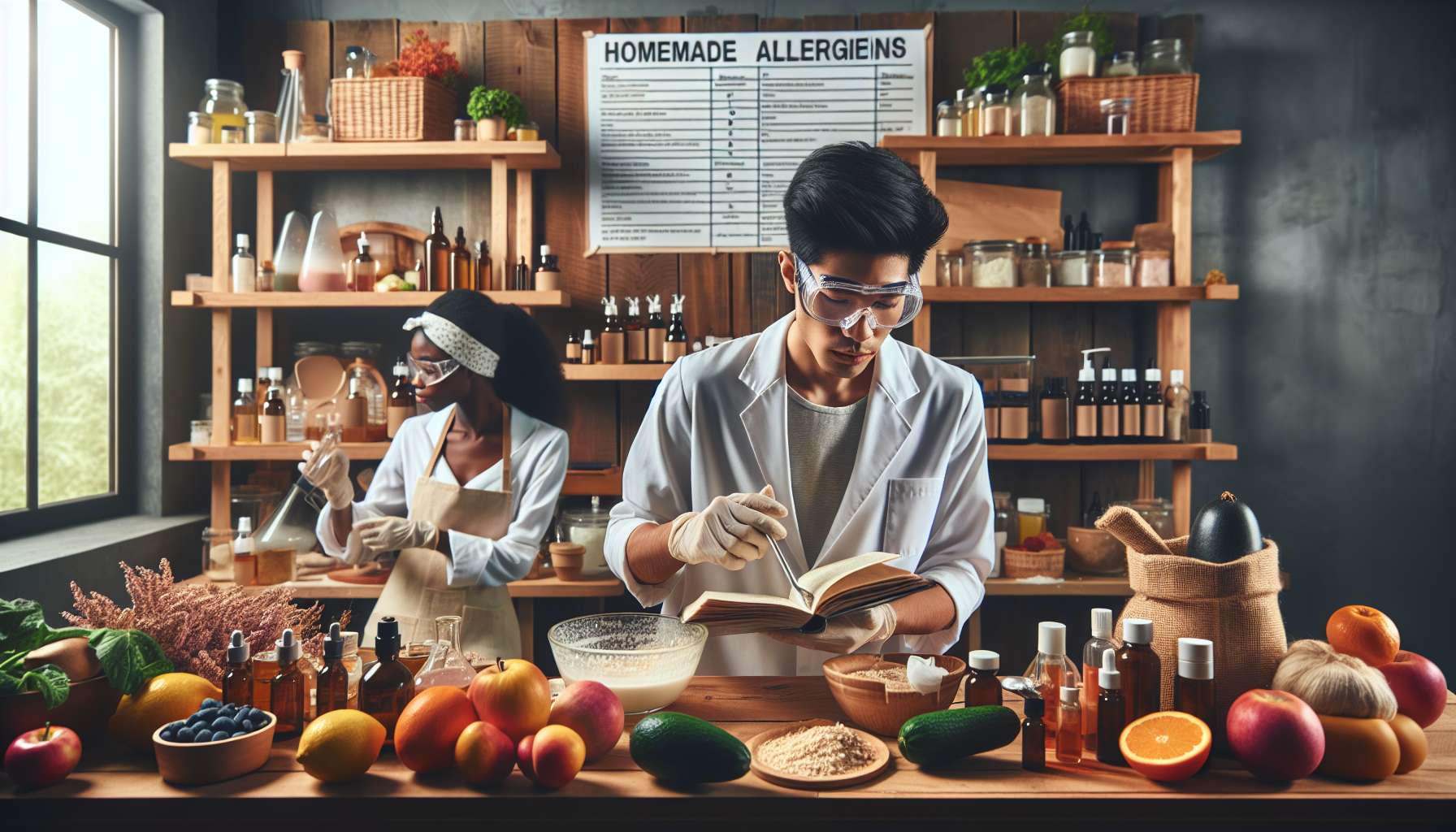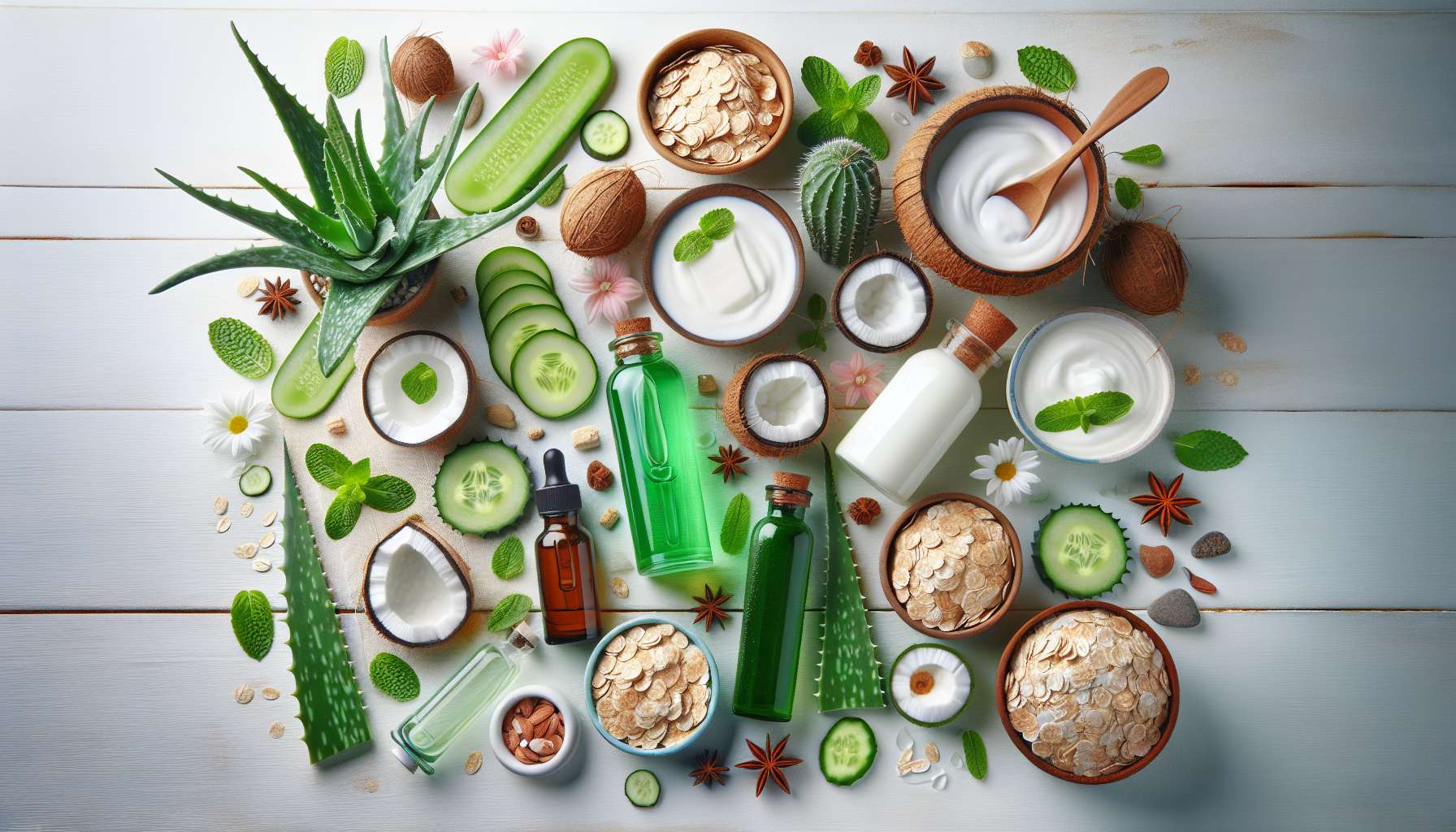Natural Perfume Blending: An Artistic Journey of Aromas
Imagine walking through a blooming garden, the air filled with the delicate scents of flowers, herbs, and spices. Each fragrance evokes a different emotion, memory, or sensation, creating a symphony of aromas that captivates the senses. This is the essence of natural perfume blending, a centuries-old practice that combines various essential oils, absolutes, and extracts to create unique and personalized scents.
In this article, we will delve into the fascinating world of natural perfume blending, exploring its history, techniques, benefits, and potential controversies. Join us on a sensory journey as we unravel the art and science behind crafting exquisite natural perfumes.
The History of Natural Perfume Blending
The art of perfume-making dates back thousands of years, with ancient civilizations like the Egyptians, Greeks, and Romans using fragrant oils and balms for religious ceremonies, beauty rituals, and personal adornment. The word “perfume” itself is derived from the Latin “per fumum,” meaning “through smoke,” a reference to the burning of aromatic substances.
In the Middle Ages, Arab chemists and alchemists refined the distillation process, extracting essential oils from flowers, herbs, and spices. These precious oils were highly prized for their therapeutic properties as well as their enchanting scents. By the 17th century, perfumery had become a flourishing industry in Europe, with renowned perfumers like Catherine de’ Medici and Marie Antoinette patronizing the art.
Today, natural perfume blending continues to thrive as a niche industry, with artisanal perfumers and independent brands rekindling interest in traditional methods and sustainable ingredients. The demand for natural, eco-friendly fragrances has surged in recent years, driven by a growing awareness of synthetic chemicals and their potential health risks.
The Art of Natural Perfume Blending
Creating a natural perfume is a delicate and intricate process that requires a deep understanding of botanical ingredients, olfactory profiles, and blending techniques. Perfumers, also known as “noses,” meticulously combine top, middle, and base notes to achieve a harmonious and long-lasting fragrance.
Top notes are the first impression of a perfume, light and volatile scents that evaporate quickly. Common top notes include citrus fruits, herbs, and green leaves. Middle notes, or heart notes, form the core of the fragrance, providing body and complexity. Floral, fruity, and spicy notes are often used as middle notes. Base notes are the foundation of the perfume, rich and long-lasting scents that linger on the skin. Woods, resins, and musks are typical base notes.
Blending these notes requires precision and intuition, as perfumers experiment with different combinations to achieve the desired scent profile. They may use a variety of blending techniques, such as the drop method, the blotter method, or the accords method, to create balanced and nuanced perfumes.
The Benefits of Natural Perfume Blending
Natural perfume blending offers a myriad of benefits for both the wearer and the environment. Unlike synthetic fragrances, which often contain harmful chemicals like phthalates, parabens, and synthetic musks, natural perfumes are made from pure botanical ingredients that are safe and non-toxic.
Many people with sensitive skin or allergies prefer natural perfumes, as they are less likely to cause irritation or adverse reactions. The therapeutic properties of essential oils can also have a positive impact on mood, stress levels, and overall well-being. For example, lavender is known for its calming effects, while citrus oils are uplifting and energizing.
From an environmental perspective, natural perfumes are more sustainable and eco-friendly than their synthetic counterparts. By using organic, wildcrafted, or ethically sourced ingredients, perfumers can support biodiversity, promote fair trade practices, and reduce their carbon footprint. Natural perfumes are also biodegradable, eliminating the need for harmful chemicals to degrade in the environment.
Challenges and Controversies in Natural Perfume Blending
Despite its many benefits, natural perfume blending is not without its challenges and controversies. One of the main issues facing perfumers is the limited availability and high cost of certain essential oils and plant extracts. Ingredients like rose, jasmine, and sandalwood are coveted for their exquisite scents but are often scarce due to overharvesting, climate change, or political instability.
Another concern is the lack of regulation in the perfume industry, particularly regarding the labeling of natural versus synthetic fragrances. Many products marketed as “natural” or “organic” may still contain synthetic additives or preservatives, leading to consumer confusion and mistrust. To address this issue, some perfumers are turning to third-party certification programs, such as the Natural Perfumers Guild or the Certified Natural Products Association, to verify the authenticity of their products.
Expert Opinions on Natural Perfume Blending
We reached out to several expert perfumers and aromatherapists to gather their insights on natural perfume blending. Here’s what they had to say:
“Natural perfume blending is a true art form that requires creativity, patience, and a deep connection to nature. By harnessing the power of botanical essences, perfumers can create fragrances that not only smell beautiful but also evoke emotions, memories, and experiences.” – Sarah Jones, Master Perfumer
“As an aromatherapist, I believe in the healing properties of essential oils and their ability to enhance our physical, emotional, and spiritual well-being. Natural perfumes offer a holistic approach to fragrance, nurturing the body and soul with the pure essence of plants.” – Dr. Emily Chen, Certified Aromatherapist
Common Misconceptions about Natural Perfume Blending
There are several misconceptions surrounding natural perfume blending that deserve clarification. One common myth is that natural perfumes are less potent or long-lasting than synthetic fragrances. While it’s true that natural perfumes may have a softer sillage and shorter lifespan due to the absence of fixatives, they can still be powerful and enduring when formulated correctly.
Another misconception is that natural perfumes are limited in their scent range compared to synthetic fragrances. In reality, natural ingredients offer a diverse and complex palette of aromas, from sweet and floral to woody and earthy, allowing perfumers to create a wide range of scents that are both sophisticated and distinctive.
Comparative Analysis: Natural vs. Synthetic Perfumes
Let’s compare natural and synthetic perfumes across various criteria:
Ingredients: Natural perfumes are made from botanical sources like flowers, fruits, herbs, and resins, while synthetic perfumes are composed of laboratory-created chemicals and compounds.
Health Effects: Natural perfumes are generally considered safer and non-toxic, whereas synthetic perfumes may contain allergens, irritants, and potential carcinogens.
Sustainability: Natural perfumes are more environmentally friendly and sustainable than synthetic perfumes, which rely on petrochemicals and synthetic additives.
Longevity: Synthetic perfumes often have a longer lifespan and greater sillage than natural perfumes, due to the use of fixatives and synthetic musks.
FAQs about Natural Perfume Blending
Here are some frequently asked questions about natural perfume blending:
Q: Can I blend my own natural perfumes at home?
A: Yes, you can experiment with creating your own natural perfumes using essential oils, carrier oils, and alcohol as a base. Start with small batches and adjust the ratios of top, middle, and base notes to suit your preferences.
Q: How do I choose the right essential oils for my natural perfume?
A: Consider your scent preferences, skin type, and desired effects when selecting essential oils. Research the properties of different oils and experiment with blending them to create unique and personalized fragrances.
To Wrap Things Up
In conclusion, natural perfume blending is a fascinating and rewarding pursuit that combines artistry, science, and nature in perfect harmony. By embracing the beauty of botanical essences and the wisdom of traditional perfumery, we can create fragrances that not only smell divine but also uplift the spirit and nourish the soul.
Whether you’re a seasoned perfumer or a curious novice, exploring the world of natural perfume blending can be a transformative experience that deepens your connection to the natural world and enhances your appreciation for the power of scent. So why not embark on this aromatic journey and discover the magic of natural perfumery for yourself?




